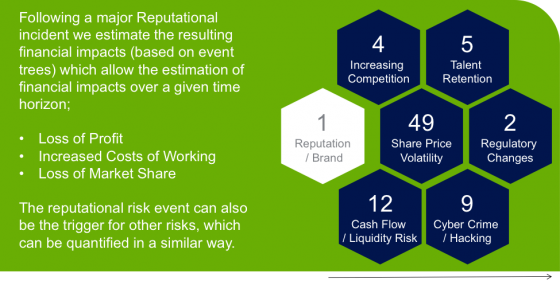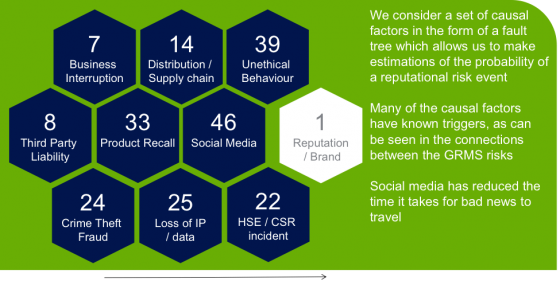CHICAGO—In recognition of its success in building a sustainable enterprise risk management (ERM) program to enable its business lines to identify and intelligently manage the most important risks, software company Intuit was presented with the 2015 Enterprise Risk Management Award of Distinction at this year’s RIMS ERM Conference.
“ERM transformed Intuit’s risk management capability requiring our leaders to think cross-organizationally and cross-functionally to understand the most significant risks and drive strategies to address them,” said Janet Nasburg, chief risk officer at Intuit.
“ERM was instrumental in not only providing insights about the company but has also driven changes in the way we align our focus. It is a tremendous honor to be recognized by RIMS for our hard work and to share our ERM experiences with the risk management community.”
Honorable mention for this year’s ERM Award of Distinction went to VIA Rail Canada Inc., the country’s national passenger rail company.
As a result of its ERM program, the company developed a risk appetite and tolerance framework based on measurable leading key risk indicators.
“Applying this framework to its key strategic risks strengthened VIA’s ability to assess, monitor, and respond timely to changes in its enterprise-wide risk portfolio, thereby adding value to its decision-making process and enhancing risk oversight by its board of directors” said Denis Lavoie, VIA’s director of enterprise risk management.
“RIMS is delighted to recognize the accomplishments of these two organizations and their risk professionals through the RIMS Award of Distinction,” said RIMS Executive Director Mary Roth. “The Intuit and VIA Rail programs demonstrate the tangible value that ERM brings to their respective organizations for both strategy-setting and strategy execution.
”
Judging criteria for the ERM Award of Distinction includes the scope of the ERM program and how it engages different levels throughout the organization; the program’s link or connection to the company’s overall mission; and its ability to create additional value for the organization.




